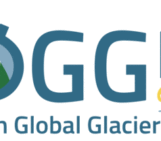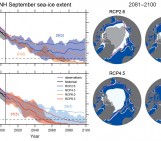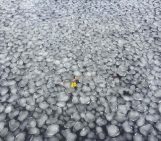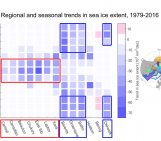
The ‘Polarstern’ icebreaker and its support vessel, the ‘Akademik Fedorov’ [Credit: Friederike Krueger & Thomas Rackow, Zenodo]
In October 2019, the research icebreaker ‘Polarstern’ was moored to an ice floe for its year-long journey through the Arctic Ocean. Come with us on a slightly shorter journey and learn how MOSAiC participants from the supporting cruise educate the future generation of polar scientists!
What is the MOSAiC expedition?
The MOSAiC (Multidisciplinary drifting Observatory for the Study of Arctic Climate) expedition is a one-year-long expedition into the Central Arctic, taking place from 2019 to 2020. The research icebreaker ‘Polarstern’ will spend an entire year trapped and drifting in the sea ice to explore the Arctic climate system. The scientists on board will study changes to the sea ice, atmosphere, ocean and ecosystem to better understand the rapid changes in the Arctic. The expedition in numbers:
- 390 days: the expedition’s planned duration
- 2500 km: the distance Polarstern will cover on its Arctic journey, drifting in the ice at ~7 km/day
- 600 experts: an international team of scientists from 20 nations are involved
Observations on the sea ice
A network of scientific equipment and sensors have been set up in an area up to ~50 km around the Polarstern on the sea ice (Krumpen et al., 2020). The ship and this equipment are now drifting with the ice across the polar ice cap, while the sea ice thickens during winter.
This network of manually- and remotely-operated scientific equipment will collect important observations to feed into climate models, especially about complex climate processes which cannot yet be accurately resolved in these models.
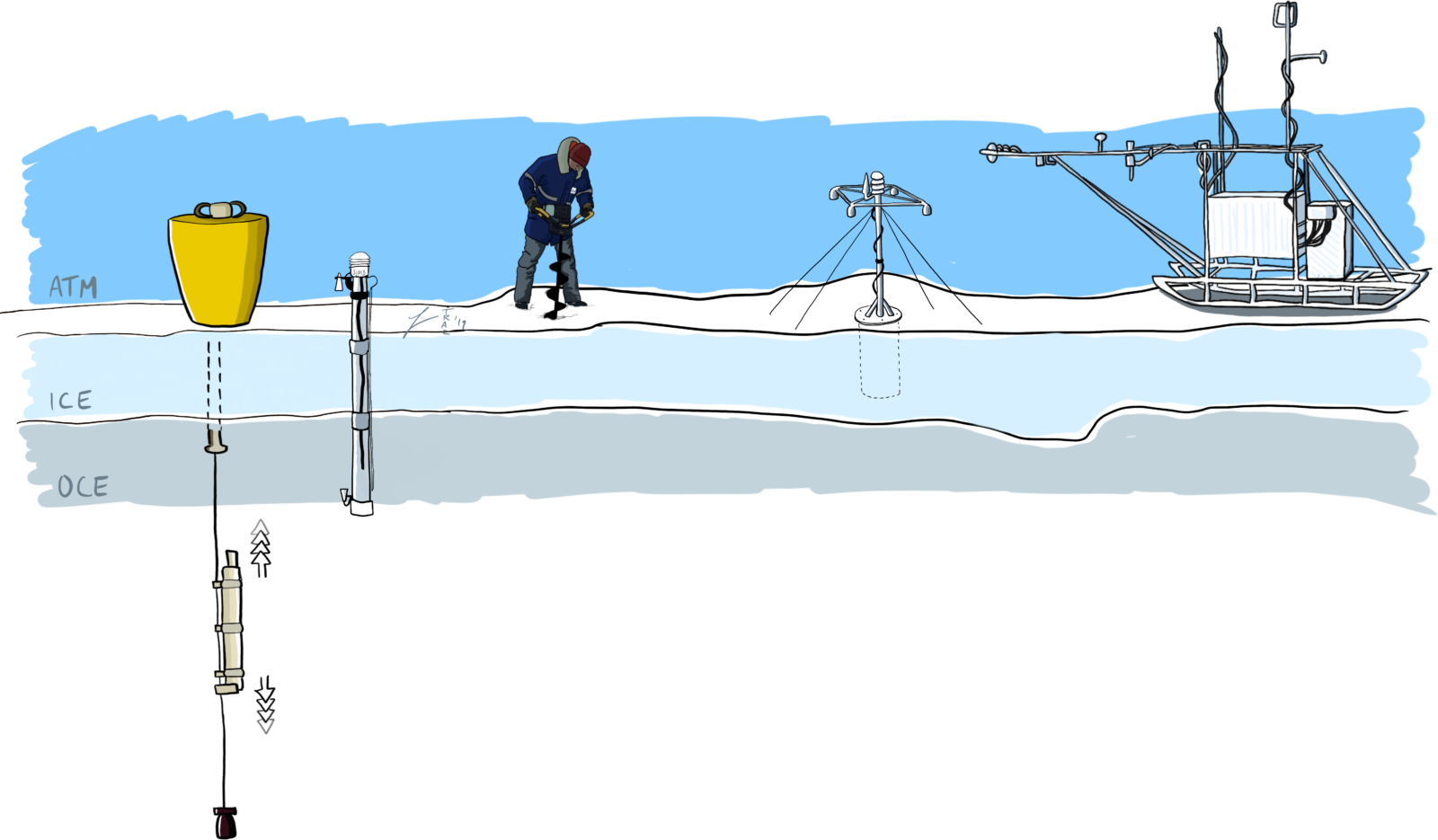
An example of the instruments that have been deployed on the sea ice around Polarstern. From left to right: an ice-tethered profiler, which is a tethered rope attached to a buoy that extends down into the ocean and takes measurements of the water column; an ice mass balance buoy for measuring air and ice temperature, snow depth, ice thickness and melt rates; a scientist drilling into the ice, a snow buoy, which measures snow thickness, and an Automated Surface Flux Station, which measures atmospheric properties. ATM = atmosphere, ICE = ice, OCE = ocean. [Krueger and Rackow, 2020, Zenodo]
Educating students on the ice and pupils back home
As part of the MOSAiC expedition, 20 young international Masters and PhD students boarded the supporting research vessel Akademik Fedorov that accompanied Polarstern during the search for an appropriate sea ice floe (Krumpen et al., 2020). The students learned about the ocean, atmosphere, sea ice, modelling, and biogeochemistry in a series of lectures (even during strong waves!) and helped to carry sledges, drill holes, and set instruments up on the ship and on the ice. For updates from the young MOSAiC ambassadors, you can follow @MOSAiC_embassy on Twitter.
Friederike Krüger and Thomas Rackow, a teacher and a scientist on board the icebreaker, have also created cartoons of the equipment that have been deployed on the sea ice around Polarstern to educate a wider audience about the science being conducted during the expedition, including young children and pupils. These drawings are freely available here!
To educate the next-next generation of polar scientists, it is important to start even earlier and to go directly into schools. We found that these cartoons were a great way of engaging children (and the wider public) in polar science!
Further reading
- Krumpen, T., Birrien, F., Kauker, F., Rackow, T. et al. “The MOSAiC ice floe: sediment-laden survivor from the Siberian shelf”. The Cryosphere Discuss., https://doi.org/10.5194/tc-2020-64, in review, 2020.
- The MOSAiC expedition website: https://mosaic-expedition.org
- Future school material based on the drawings will be available here: https://mosaic-expedition.org/education/
- MOSAiC School was organized by APECS and the ARICE project: https://www.apecs.is/outreach/mosaic-school-outreach/mosaic-school-2019.html
- The IcePod, the official Year of Polar Prediction (YOPP) podcast about polar science and the people: https://community.wmo.int/news/new-ppp-podcast-icepod
- APECS webinar video by Anika Happe about Leg 1 of MOSAiC: https://vimeo.com/374153048
- The MOSAiC School in 52 seconds by Rosalie McKay: https://vimeo.com/374723001
Edited by Jennifer Arthur
 Thomas Rackow is postdoc and climate modeller at the Alfred Wegener Institute (AWI). He enjoys teaching, working with mathematical and physical models, and he co-developed the “AWI Climate Model” during his PhD that feeds into CMIP6 and the IPCC’s AR6. His goal is to add previously missing features and processes like mesoscale ocean eddies, sea ice cracks, or the melting of icebergs into current climate models in order to reduce systematic biases and therefore improve our predictions. He co-organized the MOSAiC School and was YOPP lecturer on board of Akademik Fedorov during Leg 1 of MOSAiC. He tweets as @thomas_rackow. Instagram: @polarthomas Contact Email: thomas.rackow@awi.de
Thomas Rackow is postdoc and climate modeller at the Alfred Wegener Institute (AWI). He enjoys teaching, working with mathematical and physical models, and he co-developed the “AWI Climate Model” during his PhD that feeds into CMIP6 and the IPCC’s AR6. His goal is to add previously missing features and processes like mesoscale ocean eddies, sea ice cracks, or the melting of icebergs into current climate models in order to reduce systematic biases and therefore improve our predictions. He co-organized the MOSAiC School and was YOPP lecturer on board of Akademik Fedorov during Leg 1 of MOSAiC. He tweets as @thomas_rackow. Instagram: @polarthomas Contact Email: thomas.rackow@awi.de
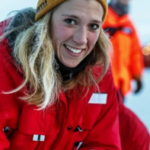 Friederike Krüger is a teacher at IGS Bothfeld in Hannover, Germany, with subjects German and Geography. She participated during Leg 1 of the MOSAIC expedition and is giving lectures about her experience in the Arctic, the MOSAiC Expedition, and the future of the Arctic for kids and grownups. She works on different projects, including TV reports, to spread information about these important topics. She gives frequent updates on Instagram: @fkruegr Contact Email: friederike.krueger@igs-bothfeld.de
Friederike Krüger is a teacher at IGS Bothfeld in Hannover, Germany, with subjects German and Geography. She participated during Leg 1 of the MOSAIC expedition and is giving lectures about her experience in the Arctic, the MOSAiC Expedition, and the future of the Arctic for kids and grownups. She works on different projects, including TV reports, to spread information about these important topics. She gives frequent updates on Instagram: @fkruegr Contact Email: friederike.krueger@igs-bothfeld.de


